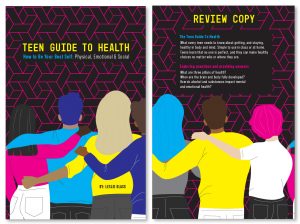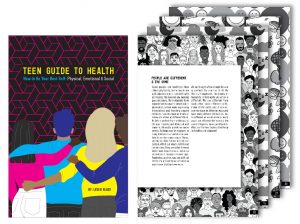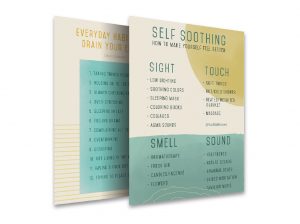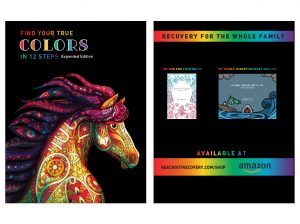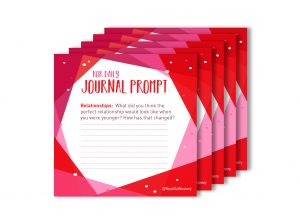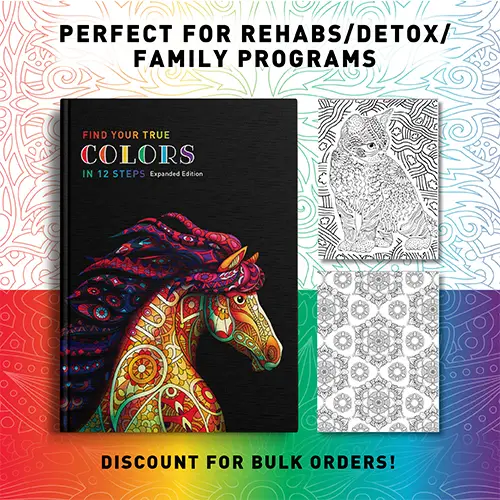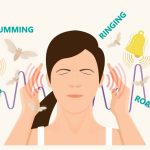Emotional Eating Is A Habit You Have To Break
I’m not here to judge because I am an emotional eater and I do emotional eating to this day. However, it is manageable today. I am not a slave to my emotional eating and I have tools that help me know when to say no to food and when a little indulgence is OK. But, before we get into healing, what is it?
Emotional eating is a common way many of us try to manage difficult feelings. When life feels overwhelming, stressful, or lonely, reaching for comfort food can seem like a quick fix. However, while food may temporarily soothe, it does not address the deeper emotions driving the behavior. The other issue I found is that emotional eating becomes a habit, and a hard one to break.
So, learning to understand and respond to these feelings in healthier ways can lead to more awareness, making better decisions and make a lasting difference. Here are ten practical tips to help you navigate emotional eating with compassion and awareness.
Emotional Eating 1. Name the Feeling Before You Numb It
Before turning to food, pause and ask yourself a simple question: Am I truly hungry, or am I hurting? Identifying the specific emotion beneath the urge to eat is an important first step. Are you feeling sad, stressed, bored, or lonely? Giving your feelings a name helps bring them out of the shadows and makes them easier to manage. When emotions become clear, it becomes easier to choose how to respond.
Emotional Eating 2. Pause for 10 Minutes
When you notice the impulse to eat, take a moment to slow down. Giving yourself just ten minutes before reaching for food can create space to reflect and make a more conscious choice. During this time, try deep breathing exercises, gentle stretching, or stepping outside for fresh air. This brief pause allows your body and mind to settle, which often reduces the intensity of cravings.
Emotional Eating 3. Keep an ‘Emotion Tracker’ Journal
Tracking your feelings and behaviors can reveal important patterns that you might not notice otherwise. Write down what emotions you experienced before eating, what triggered those feelings, and how the food you chose made you feel afterward. Over time, this journal can become a valuable tool for understanding your relationship with food and emotions. Awareness brings power and opens the door to new strategies.
Emotional Eating 4. Practice Permission, Not Punishment
Becoming more aware of emotional eating often brings up feelings of guilt or shame. Remember that all foods are allowed, and there is no such thing as “good” or “bad” food. What you truly need is kindness toward yourself, not control or punishment. When guilt arises, it often fuels the cycle of emotional eating. Instead, try to respond with compassion and recognize that this is part of your healing journey.
Emotional Eating 5. Create a ‘Comfort Menu’ That Isn’t Food
Having a list of comforting activities that don’t involve eating can offer helpful alternatives when emotions feel overwhelming. Include things that bring you joy or calm, such as taking a walk in nature, listening to your favorite playlist, watching funny videos, texting a close friend, journaling your thoughts, or trying aromatherapy. These options provide nurturing comfort without turning to food.
Emotional Eating 6. Tune Into Your Body, Not Just Your Craving
When you decide to eat, practice mindful eating by paying attention to your body’s signals. Slow down and notice the texture, flavors, and aromas of your food. Check in with yourself regularly to see how full or satisfied you feel. Mindful eating helps reconnect you with your body’s natural hunger and fullness cues, making eating a more intentional and nourishing experience.
Emotional Eating 7. Talk to Your Inner Child with Kindness
Emotional eating can often be traced back to unmet needs from childhood. Try to approach yourself with the same kindness and understanding you would offer a child. Ask your inner child what she truly needs at this moment. Is it safety, love, comfort, or simply to be heard? Offering gentle care to your inner child opens space for healing beyond the immediate urge to eat.
Emotional Eating 8. Speak Kindly to Yourself After Eating
Everyone has moments when emotional eating feels like a setback. When this happens, respond with kindness rather than criticism. Instead of judging yourself harshly, say, That happened. I am still worthy. What do I need next? This compassionate approach supports healing and builds resilience over time.
Emotional Eating 9. Build Small Joys Into Every Day
Incorporate simple activities into your daily routine that bring you happiness before emotional cravings arise. This could be spending time in sunlight, creating art, listening to music, or resting. These moments of joy help build emotional reserves and make it easier to face challenging feelings without relying on food.
Emotional Eating 10. Accept That Emotions Come in Waves
Feelings naturally rise and fall like waves in the ocean. Allow yourself to experience emotions fully without rushing to suppress or avoid them. Practice breathing through difficult moments and letting feelings pass in their own time. Accepting emotions as temporary can reduce their power and help you respond with greater calm and clarity.
Final Thoughts
Emotional eating is a complex experience, but learning to respond to your feelings with awareness and kindness creates space for real healing. These ten tips are designed to support you in building a healthier relationship with both food and your emotions. Remember, the path to wellness is not about perfection but about patience, self-compassion, and small, meaningful steps forward.
You are worthy of care, understanding, and gentle support every step of the way.
CHECK OUT MY BOOK
BUY IT TODAY!
Follow us onInstagram
Like us on Facebook
Comment on our posts
More Healthy Eating Articles
How Healthy Eating Helps Addiction Recovery
What Meal Plan Is Right For You







